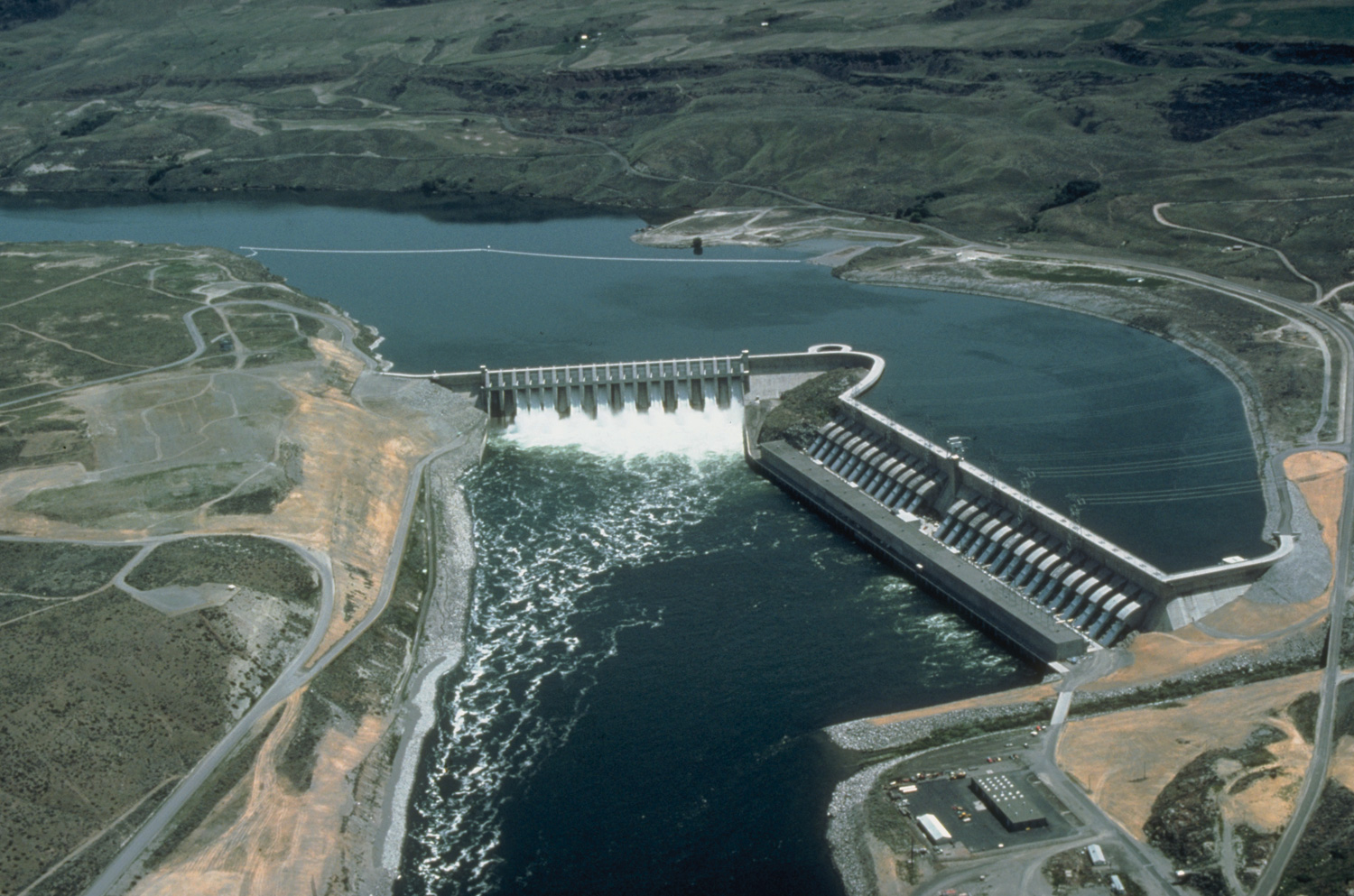PhD Research Topic

My research topic has finally been finalized! I was completely aware of the fact that the initial research proposal is likely to change even though you fall in love with the original research theme. Same thing happened with me but I am okay since this topic is pretty interesting too. Of course I have to use the softwares and do few cool computer programming tricks. Since I had to do that in my previous research also, it is not that bad. Initially it was related to simulating environmental flows on regulated rivers and now, the topic is more inclined towards the measurement of stream metabolism such as Gross Primary Productivity (GPP) and Community Respiration (CR) with a software known as BASE (BAyesian Single - Station Estimation) developed by Grace et al*. in 2015 in the rivers of Japan. As of now, I, who has never used 'R' programming, am struggling with the installation of OpenBUGS. Since my the OS of my laptop is in Japanese I am finding it difficult to deciphe

